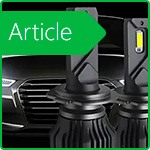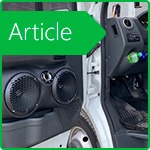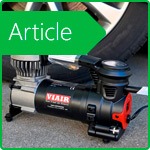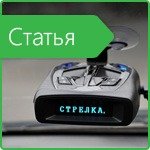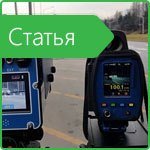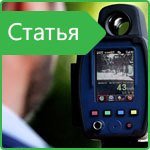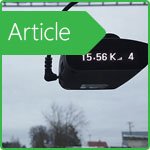Radar detectors: features, types and principle of operation
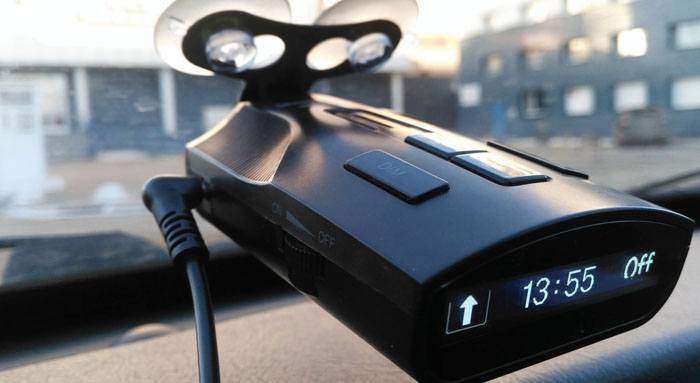
A radar detector is a small electronic device capable of detecting and informing the driver about the presence of radars that emit radio waves or laser beams of a specific wave. Thanks to this device, the driver knows in time that he is approaching the area where the vehicle speed is being measured. Speed measurement systems are often installed on dangerous sections of the track, so using a detector you can not only avoid a fine, but also reduce the likelihood of a car accident.
Unlike a standard anti-radar detector, a detector is only a receiver of specific frequencies, that is, it does not jam signals. Such products are freely available and are legal in our country and many other countries. Antiradar, on the other hand, actively suppresses the emitted signal, that is, it emits an order of magnitude powerful signal of a distorted nature. The law prohibits the use of such installations by drivers, because they emit frequency radio signals that are prohibited for use by civilians. Detection of a radar detector may be followed by its confiscation and the imposition of penalties.
Types of radar detectors
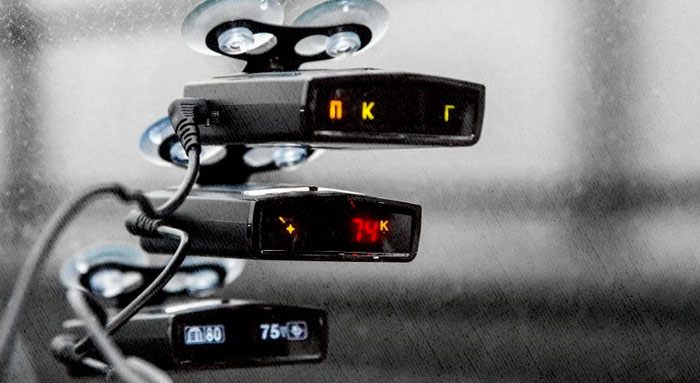
By the type of power supply, the radar detector can be wired or wireless, that is, autonomous. Wired devices for their activities use the electrical network of the machine; they are connected using a special cable. Wireless devices use rechargeable batteries or batteries for power supply, in most cases type AA. Wireless devices with rechargeable batteries are recharged from a car network or from a household electrical outlet.
In addition, solar-powered radars can be distinguished. Such devices can also function from charging. Battery operated devices require periodic battery replacement.
Radar detector can be of the following types:
- Conventional appliances.
- Devices for separate installation, that is, consisting of several units.
- Built-in detectors, for example, they can be built into a rearview mirror or a DVR.
The most popular is the monoblock type device. This is due to their ease of use, for their installation practically does not require time. In addition, they are distinguished by their compactness, the dimensions of the device are not larger than the size of a pack of cigarettes. This device can be mounted on suction cups, which makes it easy to place it in a car, for example, on the windshield.
The second type of detectors is made of several elements. They include a radar unit as well as a display with indicator. These elements are mounted separately. In most cases, the display with the indicator is mounted in the passenger compartment, and the radar unit is outside. This placement is suitable for those motorists who like to tint or athermal glass. In the production of athermal glasses, a metallized film is often used, it interferes with the passage of radiation, which affects the accuracy of the device.
Embedded devices are not so common as they are tiny devices that should be practically invisible. Of course, they can save space, but their functionality and quality of work leaves much to be desired.
Radar detector comes in different models, which are distinguished by different parameters and characteristics:
- Signal detection range limit.
- Number of radar detection ranges and operating modes.
- Signal processing speed.
- The quality of workmanship and durability of the device.
- False positive rates.
- Additional options.
- All detector devices can be divided into 4 main groups:
- Forward amplification.
- Heterodyne.
- Direct conversion.
- Detection.
The simplest is the detector device. It is made of an antenna, a detector, an input oscillatory circuit, an amplifier, and an output element. In this case, the signal is amplified first, after which it is detected.
In the direct conversion device, the generator signal is mixed, after which a difference frequency is created. It is amplified and detected.
In heterodyne devices, a high-frequency signal is initially amplified, after which it is converted into a low-frequency signal.
The radar detector has a relatively simple housing, which accommodates a lot of electronic circuits. For example, a small device with a pack of cigarettes contains about 10 microcircuits and 4 boards. The body is assembled with screws. The main board contains the main microcontroller, which does the computational work.
The main part of each detector is the antenna that receives the signals emitted by the radar. Then the received waves are sent to the detection circuit. The specified board includes a superheterodyne receiver.
It is needed to find radars operating in 3 bands:
- This is the X-band operating within 7-12 GHz.
- K-band, valid within 18-26 GHz.
- Ka-band valid within 26-40 GHz.
The peculiarity of such a board is that it uses not ordinary copper tracks, but gold-plated ones. In addition, the board is made using a special dielectric that is capable of operating at ultra-high frequencies.
At the bottom of the device there is an additional board, which is designed to amplify and process the signal detected by the device. These boards are connected by pins using soldering. The horn itself is connected to the board via a 2 × 4 connector.
If the device is connected to an electrical car or household network, then it has linear stabilizers. They are necessary to convert the voltage, which is necessary for the functioning of the electronics inside the device housing. If a rechargeable battery or battery is used, then they generate a voltage that can be used without stabilizers. At the same time, a separate device with a stabilizer and voltage converter can be used to recharge them.
In order for the user to be able to react to the fact that the radar is ahead, the device notifies him with a light signal, which is generated by an LED lamp simultaneously with a sound effect. Various components can be used to create sound effects.
For example, it can be a synthesizer that includes a microcircuit and built-in amplifiers to send a signal to speakers with an impedance of 8 ohms or otherwise. A separate audio amplifier can also be used to feed the speakers. In order for the radar detector to speak in a human voice, a USB flash drive is connected to the synthesizer, in which audio clips are recorded.
It is them that the detector reproduces. That is, the user hears human speech, usually a female voice, which is pre-recorded in memory. The synthesizer can also use memory data to create sound effects. The audio signal is sent by the speech synthesizer to an amplifier, from which it is directed to the speakers of the device.
Additional components can also be used in the device, for example, a Bluetooth module.
How the device works
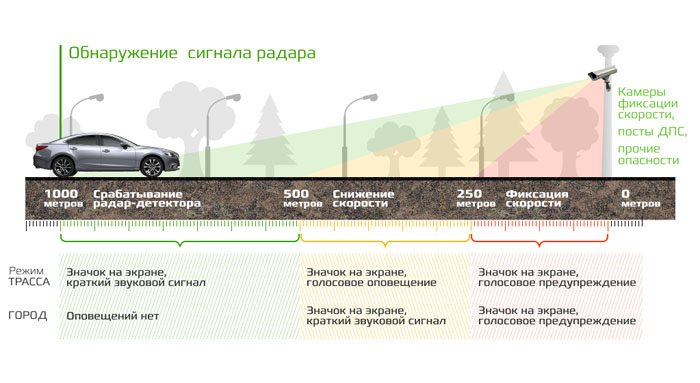
In order to measure the speed, the radar of the road police service must receive radiation that is reflected from a car driving along the highway. At the same time, the radar detector detects the use of the radar an order of magnitude earlier, because it receives a direct signal. In good weather conditions, the radar can be detected several kilometers or more, while the stable radar reading is about 0.4 kilometers. At the same time, in most cases, the detector reacts to the reflected signal from uneven terrain and other vehicles.
That is why when choosing a device, one should be guided by the sensitivity of the device, as well as the maximum filtering out of false signals. However, these characteristics directly affect the cost of the specified device.
Radar detector application
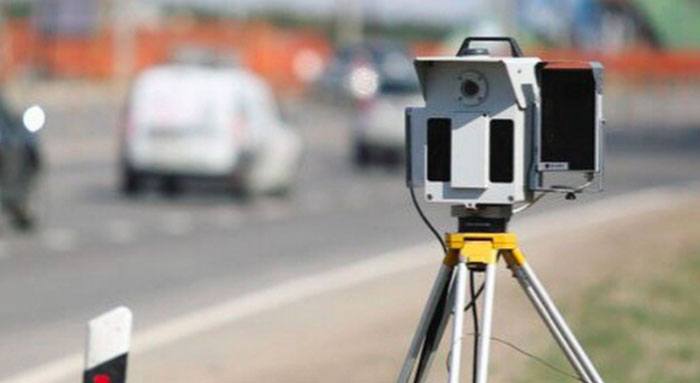
A radar detector is an indispensable device for those who often violate the speed limit and do not want to constantly receive fines. If you constantly travel along the same route and know all its parameters, carefully observe the restrictions, then it is quite possible to do without a detector. However, if you are going to travel to another city, then the detector will become an irreplaceable assistant. The main thing here is to choose the right radar detector, which will promptly notify you about the installation of a radar on the road.
The detectors can use amplification based on the superheterodyne, as described above, or the local oscillator, and direct amplification can also be used. The direct-amplified device is old-fashioned but cheap.
Devices based on local oscillator and superheterodyne are the most advanced and modern. They are the most expensive and have high sensitivity and frequency selectivity. At the same time, devices with a superheterodyne create their own radiation, which can be caught by traffic police officers. Consider this and select devices with low emissivity.
At 130.com.ua you can buy radar detector in Kiev, Kharkov, Odessa with delivery in Ukraine any price category according to your needs.
Материалы по теме

Stay tuned for updates!
Subscribe to our Telegram channel and be the first to receive useful materials.
Subscribe









